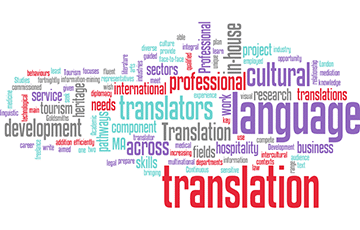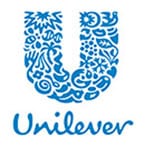Jamaica, a Caribbean island nation, has a lush topography of mountains, rainforests and reef-lined beaches. Many of its all-inclusive resorts are clustered in Montego Bay, with its British-colonial architecture, and Negril, known for its diving and snorkeling sites. Jamaica is famed as the birthplace of reggae music, and its capital Kingston is home to the Bob Marley Museum, dedicated to the famous singer.
Jamaica lies 140 km south of Cuba and 190 km west of Haiti. At its greatest extent, Jamaica is 235 km long, and its width varies between 34 and 84 km. Jamaica has a small area of 10,911 km².
Key Cities
Key cities in Jamaica include Kingston, Spanish Town, Portmore, Montego Bay, Mandeville, May Pen, Old Harbour, Linstead, Halfway Tree, and Savanna-la-Mar.
Historical, Cultural facts & Religion
The original inhabitants of Jamaica are believed to be the Arawaks, also called Tainos. They came from South America 2,500 years ago and named the island Xaymaca, which meant “land of wood and water”. Jamaican culture consists of the religion, norms, values, and lifestyle that define the people of Jamaica. The culture is mixed, with an ethnically diverse society, stemming from a history of inhabitants beginning with the original Taino people. The Spaniards originally brought slavery to Jamaica.
Religion in Jamaica, according to the most recent census (2001), consists of a breakdown of 66% Christian (62% Protestant, 2% Roman Catholic, and 2% Jehovah’s Witnesses), 3% unstated, and 10% other.
Brief Country History
Jamaica’s original inhabitants are the Arawaks, also called Tainos. They named the island Xaymaca, which means “land of wood and water”. The Arawaks have quiet and peaceful lives until they were destroyed by the Spaniards years after Christopher Columbus discovered the island in 1494. Jamaica served mainly as a supply base in conquering the American mainland. Later in 1509, the first Spanish colonist came. On May 10, 1655 English had a successful attack on Jamaica. The Spaniards surrendered to the English. It was this set of slaves and their descendants who became known as Maroons. The slave trade became a popular and profitable venture for the colonist. The slaves however were unhappy with their status so they rebelled. The Maroon also had several wars against the English. In 1740 a treaty was signed with the British stating they were given the land and rights as free men. In return they were to stop fighting and help recapture runaway slaves but this result in a rift because other Maroons did not agree to return runaway slaves. On January 1, 1808 the Abolition Bill was passed. Trading African slaves be utterly abolished and declared to be unlawful. Emancipation and apprenticeship came into effect in 1834 and full freedom was granted in 1838.
On August 6, 1962, Jamaica was granted its independence from England. Jamaica now has its own constitution which sets laws by which the people are governed. Jamaica’s modern history has been characterized by a political seesaw between the Jamaica Labour Party (JLP) and the People’s National Party (PNP). The principles of these 2 parties have changed over time.
Language (s) Written & Spoken
The Jamaican Patois is also referred to as Jamaican Creole or Patwa. Although English is the official language of the country, Jamaican Patois is the most widely spoken. Jamaican Patois is a form of English Creole developed on the island during the slave trade.
Important Types of Commerce in Jamaica
Jamaica is one of the major economies in the Caribbean. The small island nation has a GDP of $14.36 billion. The Jamaican Dollar is recognized as the country’s official currency, and the Bank of Jamaica regulates its inflation. The country is endowed with natural resources in the form of minerals, favorable climate, and natural beauty. Despite having 1.305 people making up its labor force, the unemployment rate in the country stands at 13.1%. A worrying statistic in the economic situation in the country is its external debt, which amounts to over $ 14.6 billion. Tourism, agriculture, mining, and manufacturing are the largest industries in the country, contributing about 30%, 6.6%, 4.1% and 29.4% of Jamaica’s GDP respectively.
Language Services US and others will provide working with Jamaica
Significant Jamaican-speaking communities exist among Jamaican expatriates in Miami, New York City, Toronto, Hartford, Washington, D.C., Nicaragua, Costa Rica, and Panama (in the Caribbean coast), also London, Birmingham, Manchester, and Nottingham. Jamaican Patois exists mostly as a spoken language. Although standard British English is used for most writing in Jamaica, the need for Jamaican Creole interpretation service is just necessary as ever. Due to the language variation and cultural differences between countries, translations need to be adapted for the target language, sentence structure, tone, and including cultural backgrounds.
Looking for a Jamaican Creole or Patwa translation company? Look no further. American Language Services (AML-Global) offers certified translations, native interpreting services, and turn-key localization solutions for any language. Call us today @ 1-800-951-5020 for further information, visit our website https://www.alsglobal.net/ or for a quick quote click http://alsglobal.net/quick-quote.php.
























